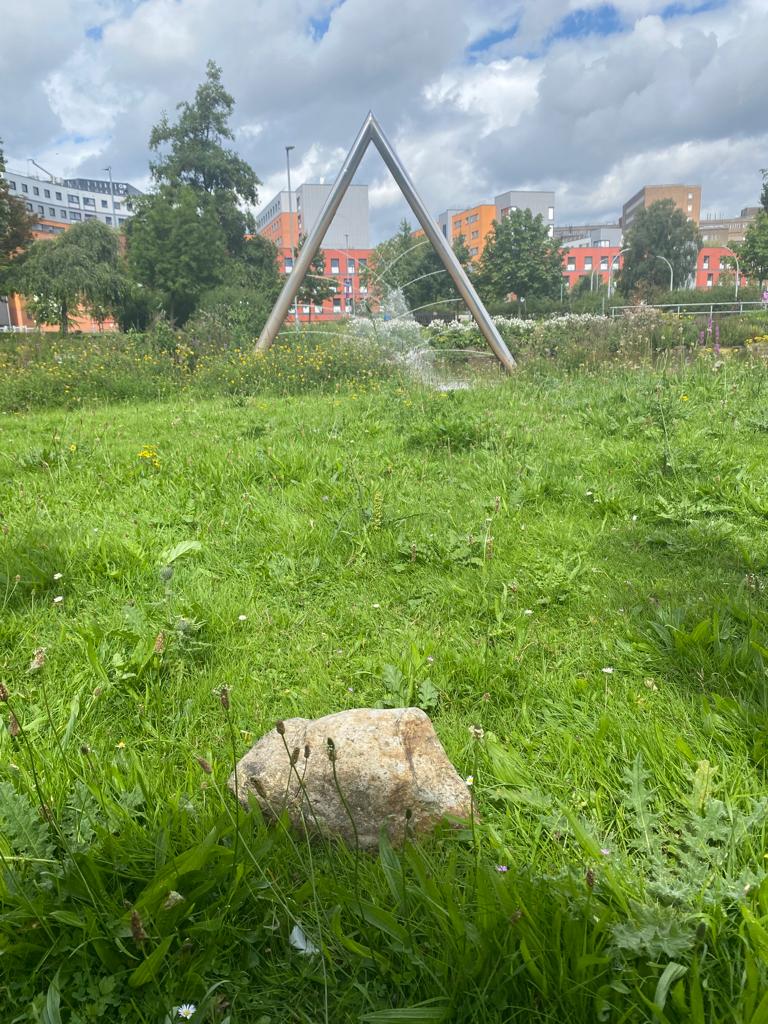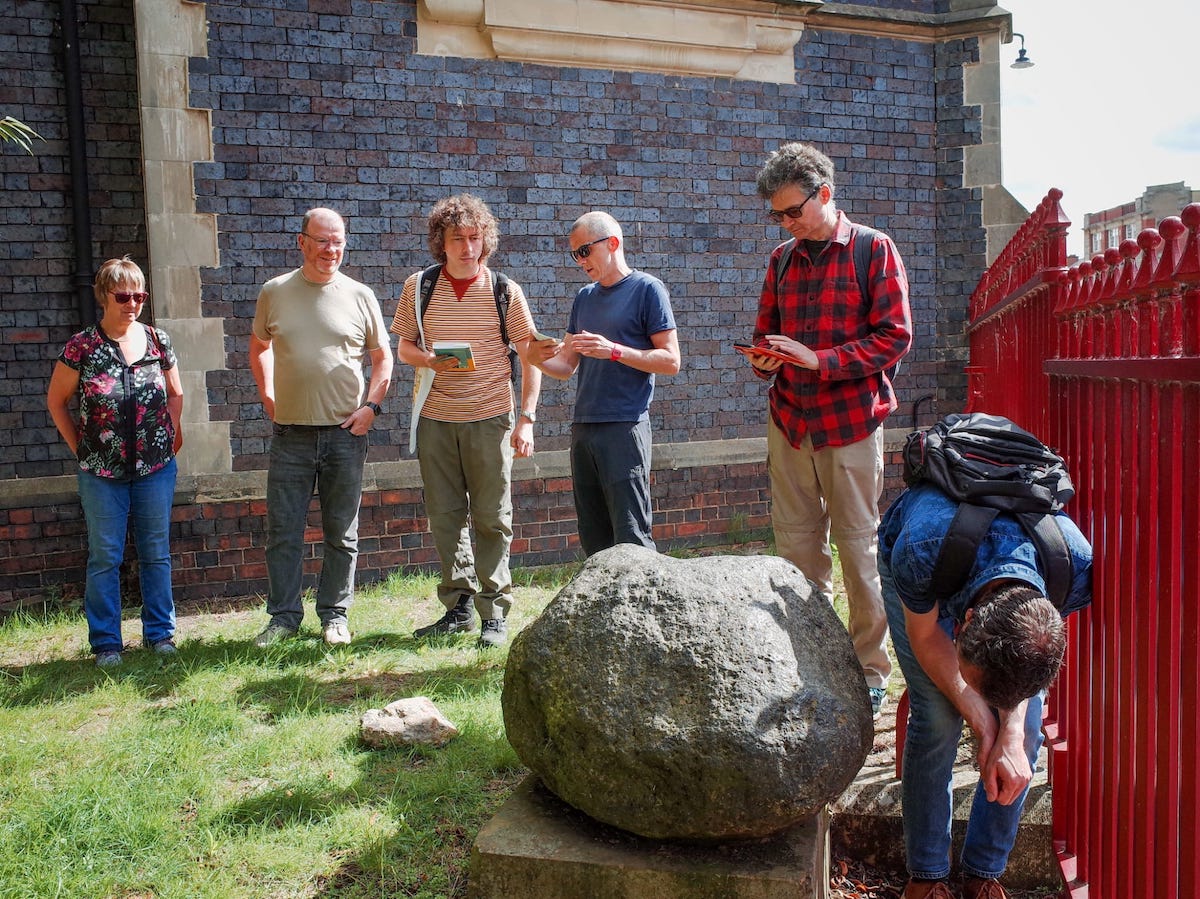For the second walk in our Wandering Rocks series we visited Birmingham city centre for more glacial boulders, geological curiosities and further examples of "beached heritage".
The "wandering rocks" of the title refers to the erratic boulders which travelled to Birmingham from Wales on an ice sheet 450,000 years ago. The catalyst for this walk came when I discovered one of these peripatetic stones hiding out in my front garden beside the footpath.
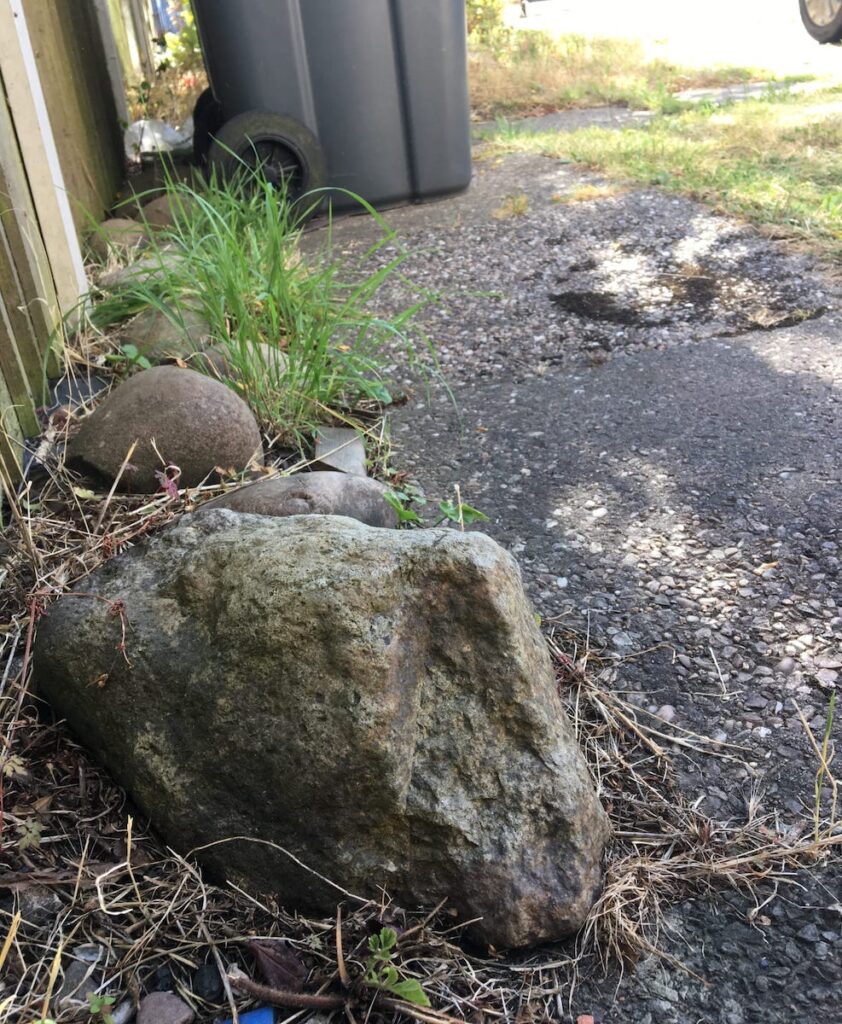
After receiving confirmation of its erraticness from the experts at the Erratics Project, I met up with Robson in the pub and we started plotting the next walk. Taking after the artist Alyson Hallett who travels the world with large stones, we decided to take the garden erratic for a tour of its adopted home city.

Appropriately enough the walk started in the Jewellery Quarter, a place full of precious stones that have travelled from all over the world. Eleven people came to share this tiny chapter of our stone's journey by taking a turn pulling the cart.
Our first stop was the War Stone which has given its name to the cemetery in which it now resides. An inscription reveals that it once marked the meeting point of the parish boundaries of Birmingham, Aston and Handsworth and that its name is a corruption of "Hoar Stone" meaning boundary stone.
It was an emotional reunion for the War Stone and its smaller cousin who for several millions of years would have been neighbours in the Arenig Mountains.
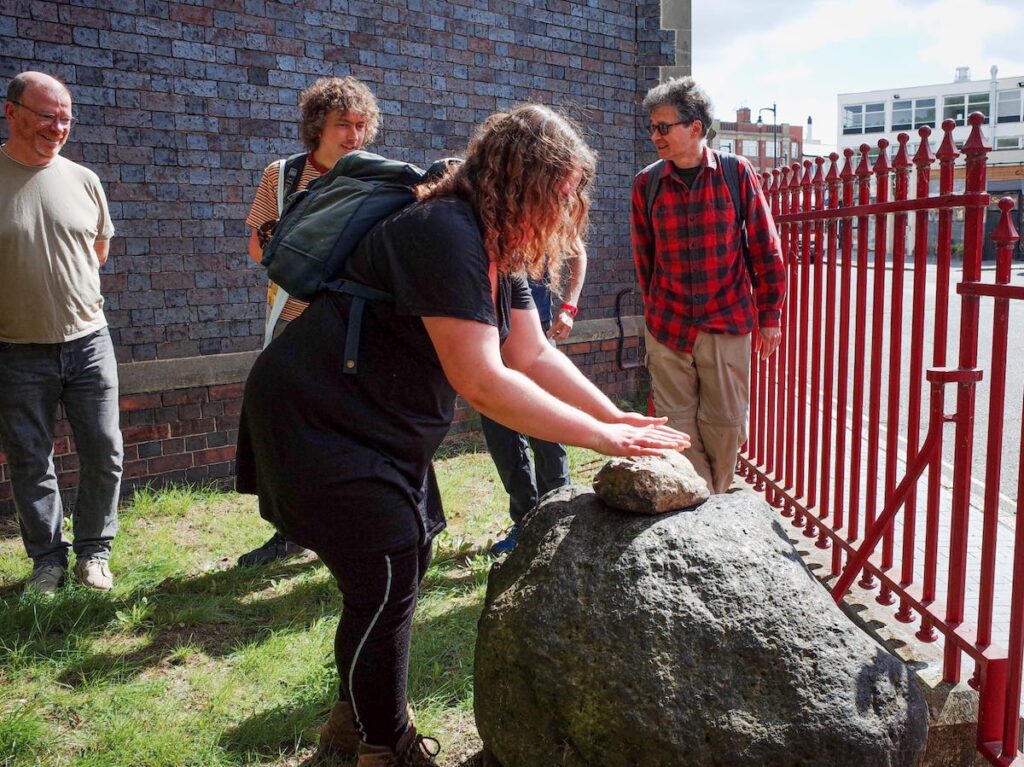
Next up we visited a flagstone in St Paul's Square which appears to be a petrified slab of riverbed.
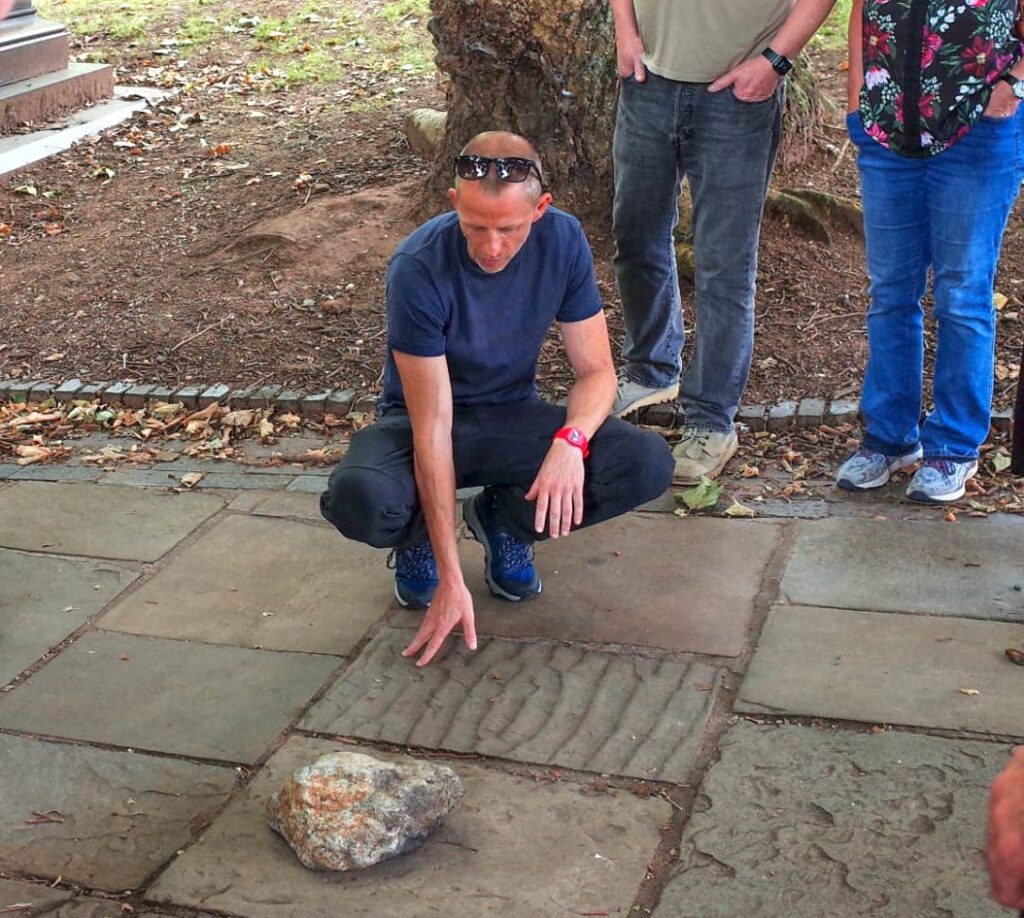
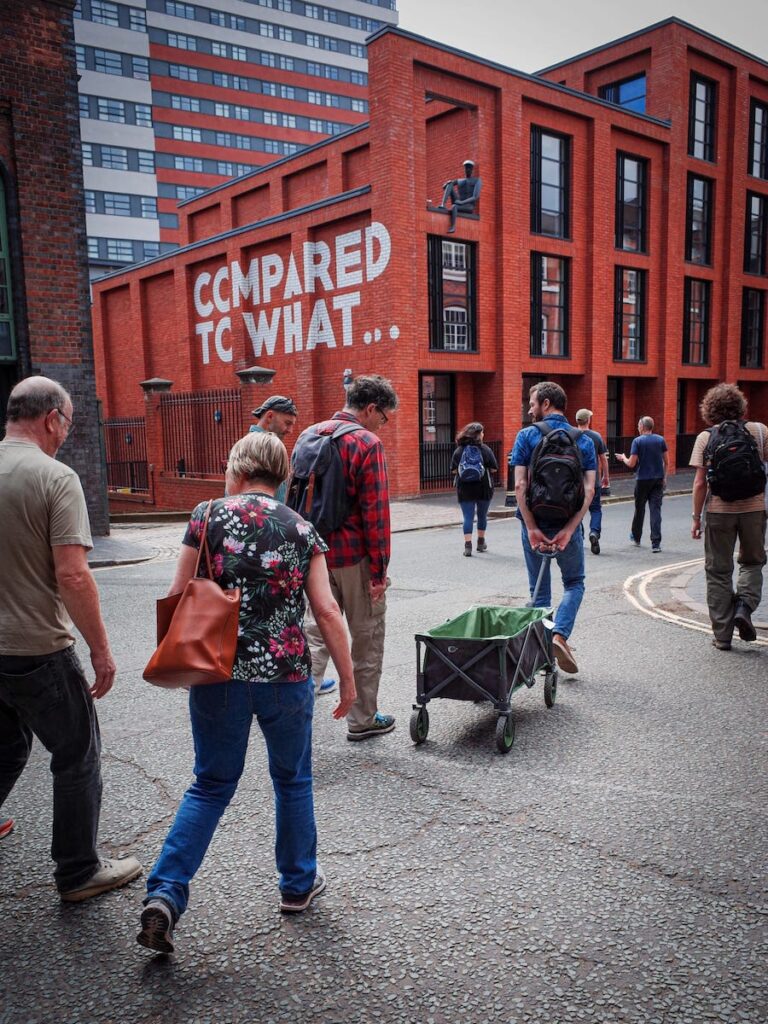
As is often the case on our Erratic walks, many of the best revelations came from our guests. On our visit to the Badger/Heap memorial in Cathedral Square (or "Pigeon Park"), Phil revealed that in funerary architecture a truncated column symbolises a life cut short. The monument commemorates John Heap and William Badger, two stone carvers who were killed by a falling truss during the construction of the Town Hall in 1833. It has since become a focus for International Workers Day to commemorate all workers killed in the workplace.
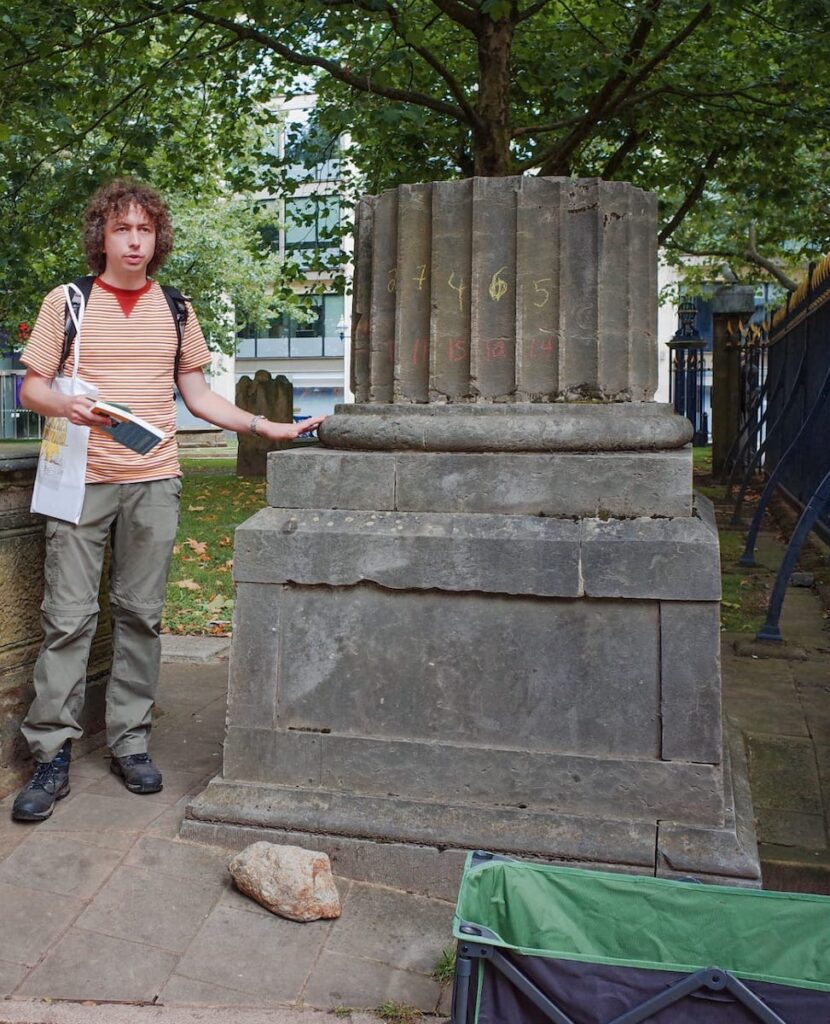
Curiously this monument isn't the only "spare part" of the Town Hall to have strayed from its mother building and taken on a new function. In our first Wandering Rocks walk we visited Cannon Hill Park where two of the building's capitals (the topmost part of a column) enjoy new lives as flowerbed ornaments. How many more architectural "erratics" are out there living incognito? Could you construct an entire building out of them?
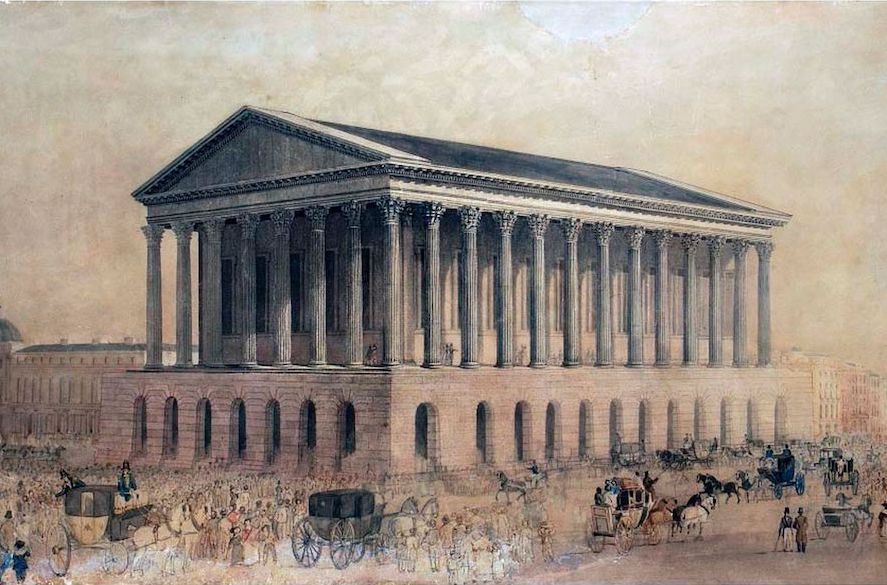
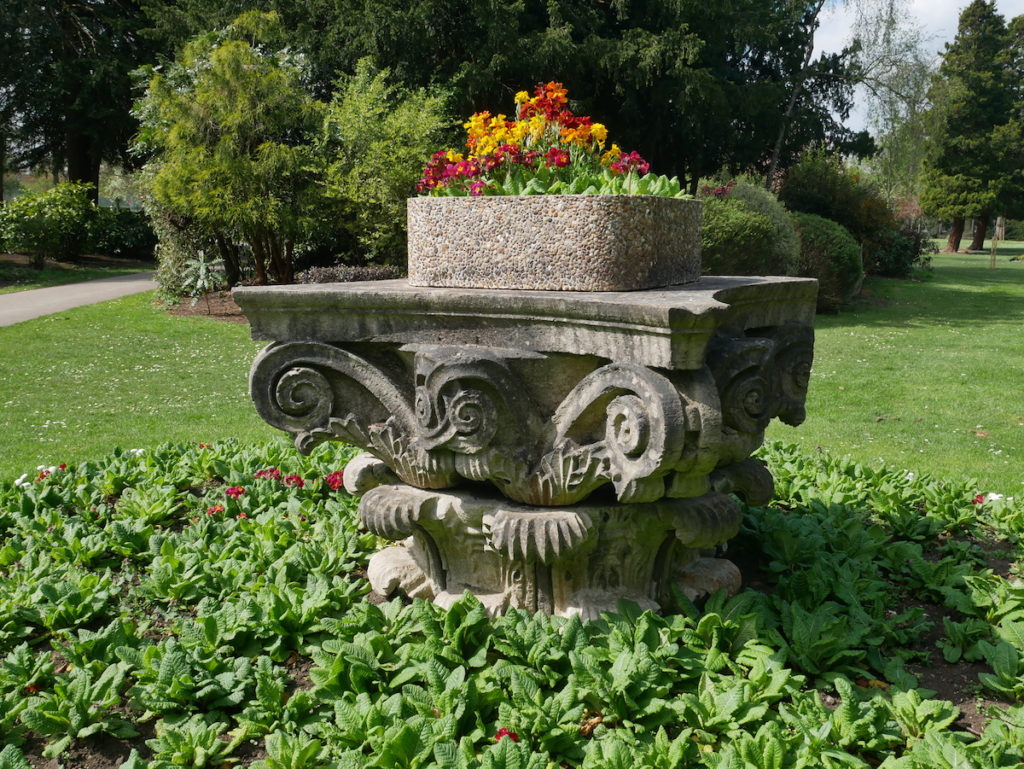
In Counter-Tourism: The Handbook Crab Man introduces the concept of "beached heritage" to describe any sort of artefact that has travelled (geographically and/or temporally) and washed up on alien shores.
Birmingham's most striking example of this is surely the Grazebrook Beam Engine of 1817. Built to the design of local inventor and Steam Age pioneer James Watt, the beam engine was used for blowing blast furnaces at the Grazebrook foundry in Dudley. It's the largest steam engine ever built in the Birmingham/Black Country area and it remained in operation for close to a century. It now sits on a busy traffic island overlooking the Aston Expressway.
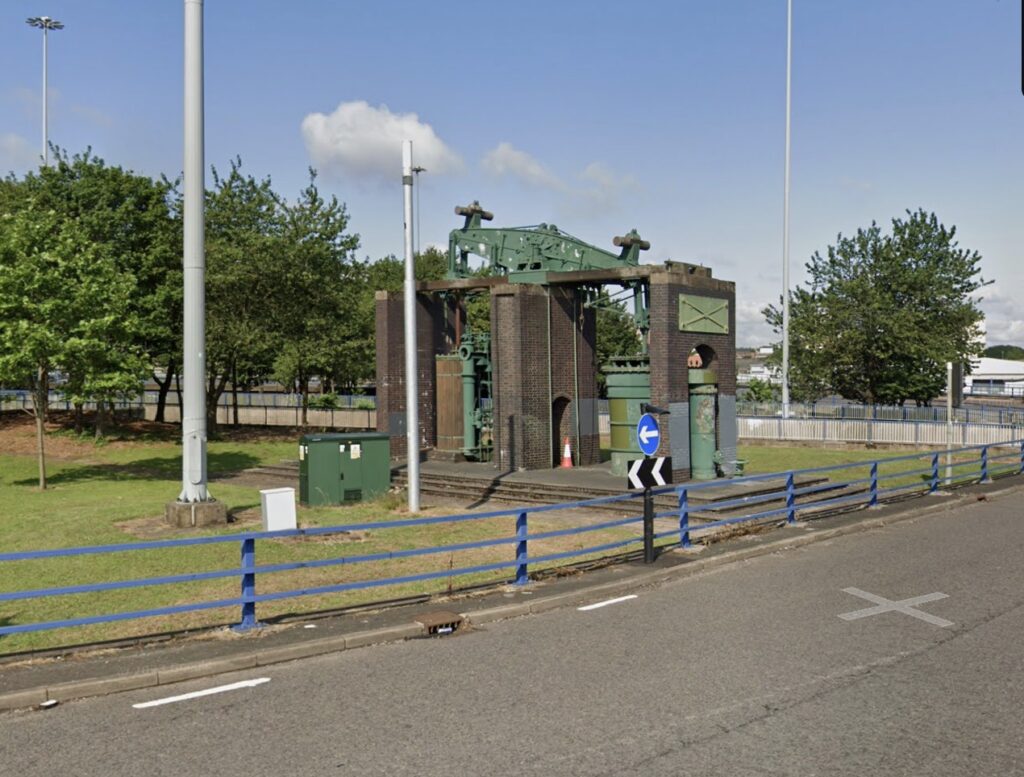
The engine is accessible via pedestrian subways but there is no information board to explain its historical significance. Its mute grandeur speaks volumes enough. Just over the way though is a shiny black plaque commemorating the Matalan development of 2001.
The traffic island itself, Dartmouth Circus, is something of a monument to Birmingham's motorcity age when the planners reimagined roundabouts as sites for green space and relaxation. In fulfilment of this vision we stopped here for a picnic.
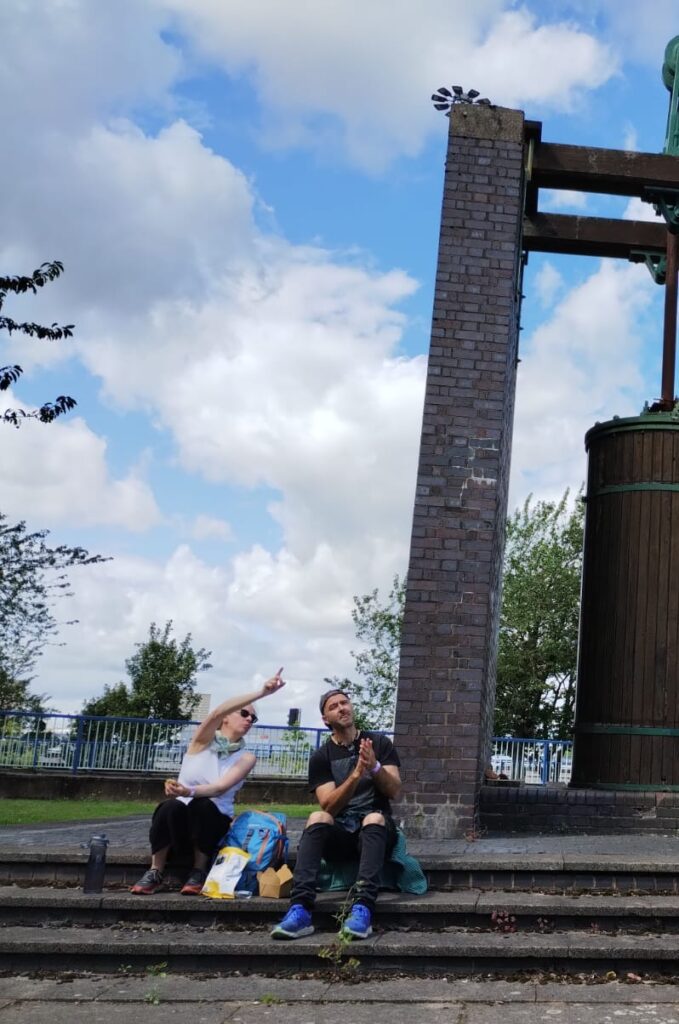

We visited several examples of public art: some for their nomadic history (William Pye's Peace Sculpture), others for their geological intrigue (Vincent Woropay's Wattilisk), but perhaps the most pleasing stop of this sort was the one we didn't plan.
As we passed through Aston University campus one of our party (Phil again) spotted one of John Maine's Aston Stones which he remembered from his time as a student there. Phil told us how originally there were five of these stones (we only saw one) positioned along two axes in the shape of a cross. They weren't fastened to the ground though and if several drunk students put their backs into it, the stones could be manoeuvred around the campus in the middle of the night. This earned them the nickname "The Rolling Stones".
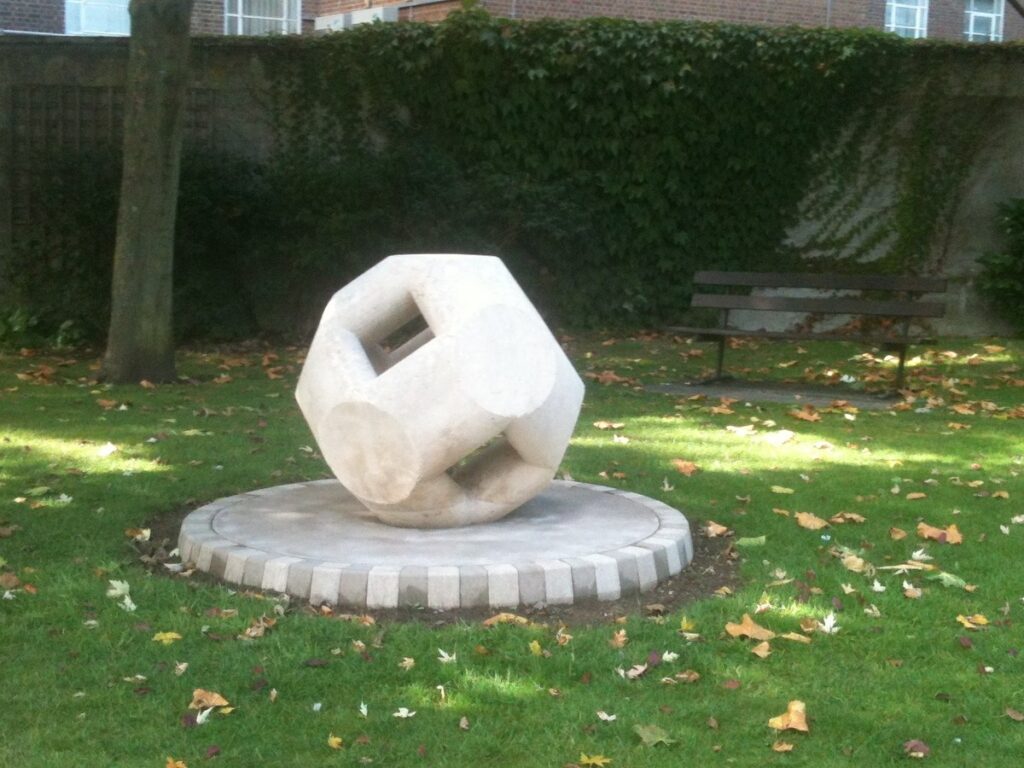
Thank you for joining us on this journey, whether that was in person or by screen. If you'd like to join us on future walks and hear about other Walkspace activity please sign up to our mailing list.
For now I shall leave you with an on-theme poem from one of my favourite writers, Joel Lane:
Don't Go You said, stone dies like us. They knocked down that pub off Deritend, close to the viaduct that'll be the next thing to go. I said, but stone doesn't live: just sweats it day after day, holding on, but not feeling, slowly growing a coat of ash while the lime drips from its pores. You said, that's not living?
